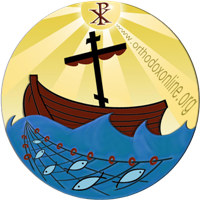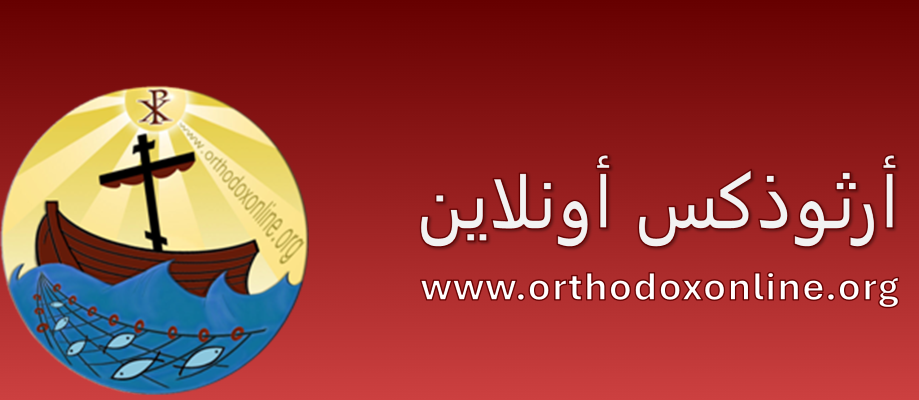The Gospel for the first Sunday of Lent ends with an allusion to the ministry of angels. Today's message (Hebrews 1:10-2:3) also mentions angels. The sacred text compares the service of angels with the service of the Savior himself, which is superior to it. If disobedience to the content of the messages that angels convey to us is truly punishable, then how much punishment will be the person who neglects the salvation that Christ preached and brought, since (to which of the angels ever said: Sit at my right hand until I make your enemies your footstool?)
Today's Gospel (Mark 2:1-12) tells the story of the healing of the paralytic in Capernaum. He forgave his sins and answered, as the scribes marveled that anyone but God could forgive sins: âWhich is easier, to say, âYour sins are forgiven,â or to say, âArise, take up your bed, and walk?â But so that you may know that the Son of Man has authority on earth to forgive sins, I say to you: Get up, take your bed and go home. The main theme of this incident is the ability to both forgive and heal that the Lord Jesus possesses. Then we have confirmation - in addition to proof - that healing and forgiveness should not be separated. The paralytic, while lying on his bed, was placed at Christ's feet. But Jesus' first word was not: (Heal), but rather: (Your sins are forgiven). In our physical aches, we must pray for our inner purification, for the forgiveness of our transgressions, even before seeking material salvation. Finally, Jesus ordered the hospital to carry his bed home. On the one hand, the crowd becomes better convinced of the reality of the miracle if they see this man restored strong enough to carry his bed. On the other hand, the one who has been forgiven and changed internally at the hands of Jesus must show his household, with a clear sign (not by carrying the bed, but by words, actions, and attitudes) that he is a new person.
It should be noted that this day's message and Gospel have nothing to do with Saint Gregory Palamas, even though the calendar links his name to the second Sunday of Lent. This is because the commemoration of Palamas did not enter until the fourteenth century, while the liturgical structure of this Sunday had previously been approved according to other lines. Gregory Palamas is mentioned in the evening and evening services. Saint Gregory Palamas presented it (17) The theological doctrine related to divine light, and he defended it vigorously. However, the service texts do not go into details or clarifications about the concepts related to the diamond. Rather, they speak in general about the light and about the one who said: (I am the light of the world). One of the texts of the Matins prayer combines three main ideas: the idea of Christ who enlightens sinners, the idea of observing fasting, and the idea of the word (rise) that the Savior addressed to the paralytic and which we now address to him: (O Christ, you who have shone a light to those who live in the depths of sins, in the time of Show us the day of your great suffering, so that we may cry out to you: Arise, O God, and have mercy on us.
(17) His Holiness was declared by Gregory Palamas (1269-1359) by Patriarch Philotheos and the Council held in Constantinople in 1368. The basic thing in Palamasian thought is the distinction between the divine essence, which is unapproachable, and the divine (powers) or (actions), which are uncreated, but capable. for human vision. Seeing (the uncreated light) - which is a divine act - occupied a large place in the teachings of the Byzantine mystics called he'sychatestes.


